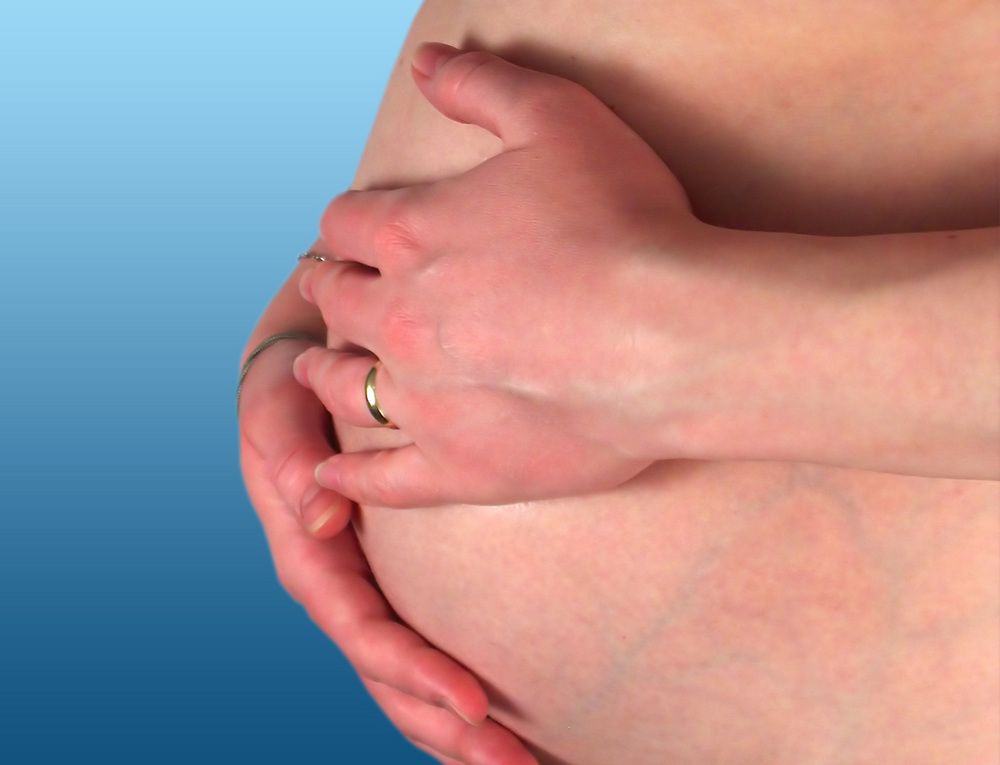- Acne
- Actinic Keratosis
- Aesthetics
- Alopecia
- Atopic Dermatitis
- Buy-and-Bill
- COVID-19
- Case-Based Roundtable
- Chronic Hand Eczema
- Chronic Spontaneous Urticaria
- Drug Watch
- Eczema
- General Dermatology
- Hidradenitis Suppurativa
- Melasma
- NP and PA
- Pediatric Dermatology
- Pigmentary Disorders
- Practice Management
- Precision Medicine and Biologics
- Prurigo Nodularis
- Psoriasis
- Psoriatic Arthritis
- Rare Disease
- Rosacea
- Skin Cancer
- Vitiligo
- Wound Care
Article
Adverse pregnancy events not more common with secukinumab
Author(s):
For women with psoriasis, psoriatic arthritis, and ankylosing spondylitis who take secukinumab during pregnancy or conception, recent research shows adverse pregnancy events don’t happen at a higher rate.
For women with psoriasis, psoriatic arthritis, and ankylosing spondylitis who take secukinumab during pregnancy or conception, recent research shows adverse pregnancy events don’t happen at a higher rate. (©GraphyxPhotos/Shutterstock.com)

For women with psoriasis, psoriatic arthritis, and ankylosing spondylitis who take secukinumab at some point during their pregnancy or during conception, recent research could offer good news. Adverse pregnancy events don’t happen at a higher rate.
However, study authors say, further research into continuous use is needed.
“This cohort of pregnant patients taking secukinumab for psoriasis, psoriatic arthritis, and ankylosis spondylitis adds to the existing evidence for the safety of biological in pregnancy,” they wrote. “In clinical practice, these data provide reassurance in cases where conception occurs during secukinumab treatment.”
Based on the current understanding of immunological changes, psoriasis and psoriatic arthritis generally improve during pregnancy, but many women still require treatment. Conversely, ankylosis spondylitis can negatively impact quality-of-life during pregnancy.
And, there’s growing evidence, according to the authors, that biological treatment, specifically secukinumab, for these inflammatory conditions doesn’t harm pregnancies. As a fully-human monoclonal antibody specifically targeting interleukin-17A, this biologic offers a favorable safety profile. Theoretically, as an IgG1 molecule secukinumab could cross the placenta mostly during the third trimester, but to-date there have been no clinical trials involving pregnant women. Medical advice has been to discontinue use.
To test whether secukinumab exposure during pregnancy could be considered safe, investigators, in a recently-published British Journal of Dermatology study, pulled data from the Novartis global safety database on pregnancy outcomes where maternal or paternal exposure to secukinumab and adverse events were analyzed.
They assessed data from 292 pregnancies. Of that total, 141 were reported from clinical trials, 79 were spontaneous reports, and 72 were from postmarketing surveillance. Maternal exposure appeared in 238 pregnancies, and paternal exposure existed in 54. Average maternal age was 30.6 years, and average paternal age was 34.1 years. The secukinumab dose was 300 mg in 125 patients, 150 mg in 19 patients, and the dose was unknown in 148 patients.
Of the female participants, 155 (65.1 percent) discontinued secukinumab use during their first trimester of pregnancy. Eighteen didn’t stop taking the biologic, and three continued taking it until the third trimester. Of the 18, four women had elective terminations, three experience spontaneous abortions, one had a healthy birth, and one pregnancy was still ongoing at time of study publication. Nine cases were lost to follow-up.
Among all the live births, there were three congenital abnormalities reported. This 2-percent abnormality rate among study participants with known outcomes mirrored the 2.4-percent abnormality rate of the general population. According to the authors, secukinumab wasn’t suspected to be responsible for these congenital abnormalities.
Based on the study analysis of known pregnancy outcomes, there were 73 full-term healthy neonates. But, spontaneous abortions did occur with most within 10 weeks of pregnancy. The overall spontaneous abortion rate of 10.3 percent closely paralleled the observed rates for the general population with the same average maternal age as the study participants (15-20 percent). In addition, the spontaneous abortion rate for patients with known outcomes was similar at 19.6 percent, according to the authors. There were no stillbirths.
Despite having a small participant base, investigators identified no clear differences in outcomes between the conditions. Spontaneous abortions occurred in psoriatic arthritis patients and ankylosing spondylitis patients at 8 percent and 7 percent, respectively.
Overall, the researchers said, these data can give pregnant women who have secukinumab exposure around the time of conception reassurance about the potential health of their pregnancies.
“The majority of patients discontinued secukinumab use in the first trimester, whereas secukinumab would be expected to be transferred across the placenta in the third trimester,” they wrote. “There was no evidence for increased rates of adverse pregnancy outcomes with secukinumab in this review of the safety database.”
Newsletter
Like what you’re reading? Subscribe to Dermatology Times for weekly updates on therapies, innovations, and real-world practice tips.







